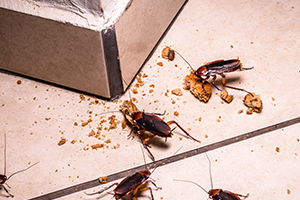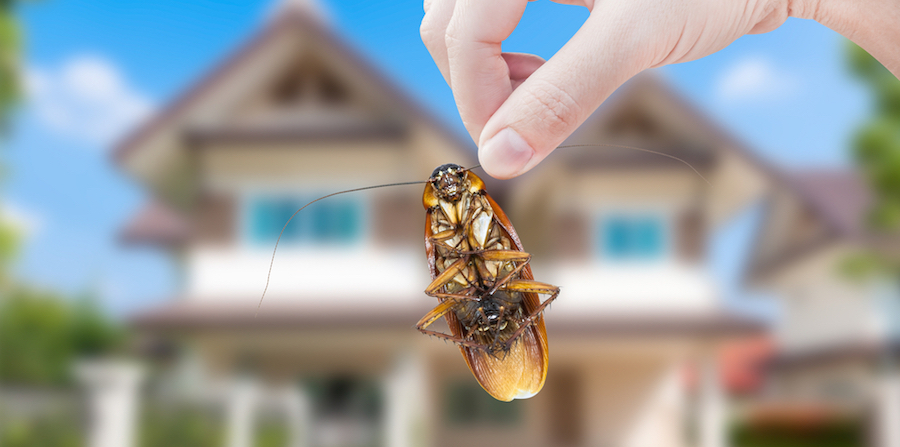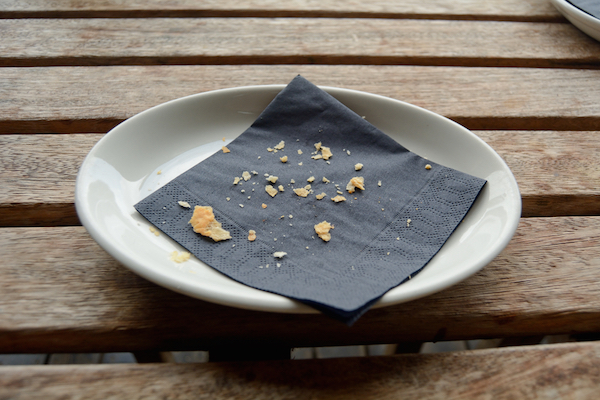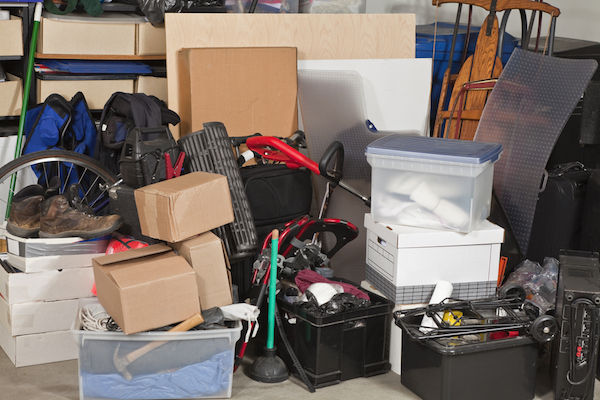
Does it seem like pests are drawn to some houses more than others? It’s not just your imagination: it’s true. Common house pests like rodents and roaches gravitate toward houses where they can hide, feed, and stay hydrated easily. If your house is particularly old, cluttered, or humid, it’ll draw more pests than most.
That’s the bad news. The good news is no matter how “good” your house is at attracting pests, you don’t have to let them in. These are the four main reasons why houses attract pest infestations, and there are steps you can take to mitigate all of them.
What Causes Pest Infestation?
If you’ve been wondering “Where do pests come from?” there’s an easy answer. They come from outside, and they come inside when they’re looking for resources that are necessary for their survival. But why are pests attracted to some houses more than others? There are a few main reasons.
Old Houses Grant Easy Access to Pests
As a house ages, it starts to wear down. Cracks and gaps open in wood, sealing, plaster, or insulation. Decks and siding start to peel or warp. Paint chips away, weatherproofing rubs away, screens tear. You get the idea. Wear-and-tear is natural, and bugs, rodents, and other pests can exploit it or even make it worse.
Food Remains Keep Pests Around
Most of us leave food out all over the place. We throw out leftovers, leave dishes out, ignore crumbs on tables, and don’t put away snacks. While we may forget about scraps like these, pests never do. In fact, they may even tell all their pest brethren they just found a great new place to get something to eat.
Clutter Provides Pest Nesting Opportunities
You’d think living in your home would be enough shelter for these ungrateful pests, but they want even more. Pests are surprisingly shy little buggers. Even when they’ve infiltrated your home, they’re looking for hiding places. If they can get into cardboard boxes, drawers, cabinets, piles of clothing or fabric, or any of the rest of the stuff that just sort of accumulates in your basement, they’d be thrilled. The other reason pests like clutter is it gives them places to make their nests.
Moisture Is the Most Important Resource for Pests
All living things require water to survive. Most pests need to drink water, though some pests like crickets can absorb it through their bodies. Humidity attracts pests because they can get all the water they need from puddling or condensation on windows or walls. Most bugs also feel a lot more comfortable in moist places, where their bodies won’t dry out as quickly.
How You Can Eliminate Causes of Pest Infestation
If you have a pest infestation, it’s likely a result of one of the four reasons above or some combination thereof. Some pest infestation examples that happen frequently include rodents coming inside because they’ve found a new food source. Other common examples of pest infestations are spiders multiplying because there are plenty of pests around for them to eat.
The important thing is identifying which reasons might be contributing to your issues. Once you do, you can begin to take up some countermeasures to prevent future infestations from starting. Or if you don’t want to do it yourself but you still want protection from pests all year, consider signing up for our PestFree365+ program.
If You Have an Older Home, Check for Vulnerabilities
If your house is older, make it a point to look for pest vulnerabilities around twice per year. Check your siding, weatherproofing, windows, doors, foundation, and sealing every spring. Patch up little cracks and gaps. Repair or replace damaged materials. Look for rotting wood or chipped paint. All this work may seem somewhat pointless, but you’d be surprised what a little extra maintenance can do for your pest situation.
Pay special attention to pest-prone areas like:
- Basement
- Attic
- Crawl spaces
- Window frames
- Garage
Make Sure Food Gets Promptly Sealed and Put Away
Pests are always looking for food, moisture, and shelter, and the easiest of those to deprive them of is food. Here are a few easy ways to make sure you’re not leaving out food for pests:
- Invest in hard plastic containers to keep pasta and cereals in
- Do dishes immediately after eating, and wash down eating surfaces after meals
- Seal household garbage cans and take them out frequently
- Keep your dumpster away from your home or seal it off
Reduce Clutter to Reduce Potential Pest Nesting Areas
Pests want to hide their offspring to maximize their chances of survival. When they have a good hiding place, they can foster generations. Finding and removing eggs is an essential step toward preventing pests permanently. The fewer places they have to hide, the easier that step is.
Eliminate Moisture to Create a Hostile Environment for Pests
Ultimately, moisture is the most likely cause of pests coming into your home. A dark, moist, quiet spot is prime real estate for pests looking for a place to live. Here are some simple ways to make sure pests can’t find the moisture they’re seeking:
- Find the areas of your home that naturally get humid and consider investing in a dehumidifier
- Look for places that puddle or gather condensation and keep them dry
- Patch up plumbing leaks and dripping as soon as you notice them
Reliable Pest Control Services When You Need Them
Taking proactive steps to prevent pest infestations is crucial for maintaining a pest-free home. However, when you need reliable pest control services, Griffin Pest Solutions is ready to help.
Don’t wait until it’s too late – take action now to protect your home and family. Contact us today for expert pest control solutions you can trust.
Back to Residential Pest Control




